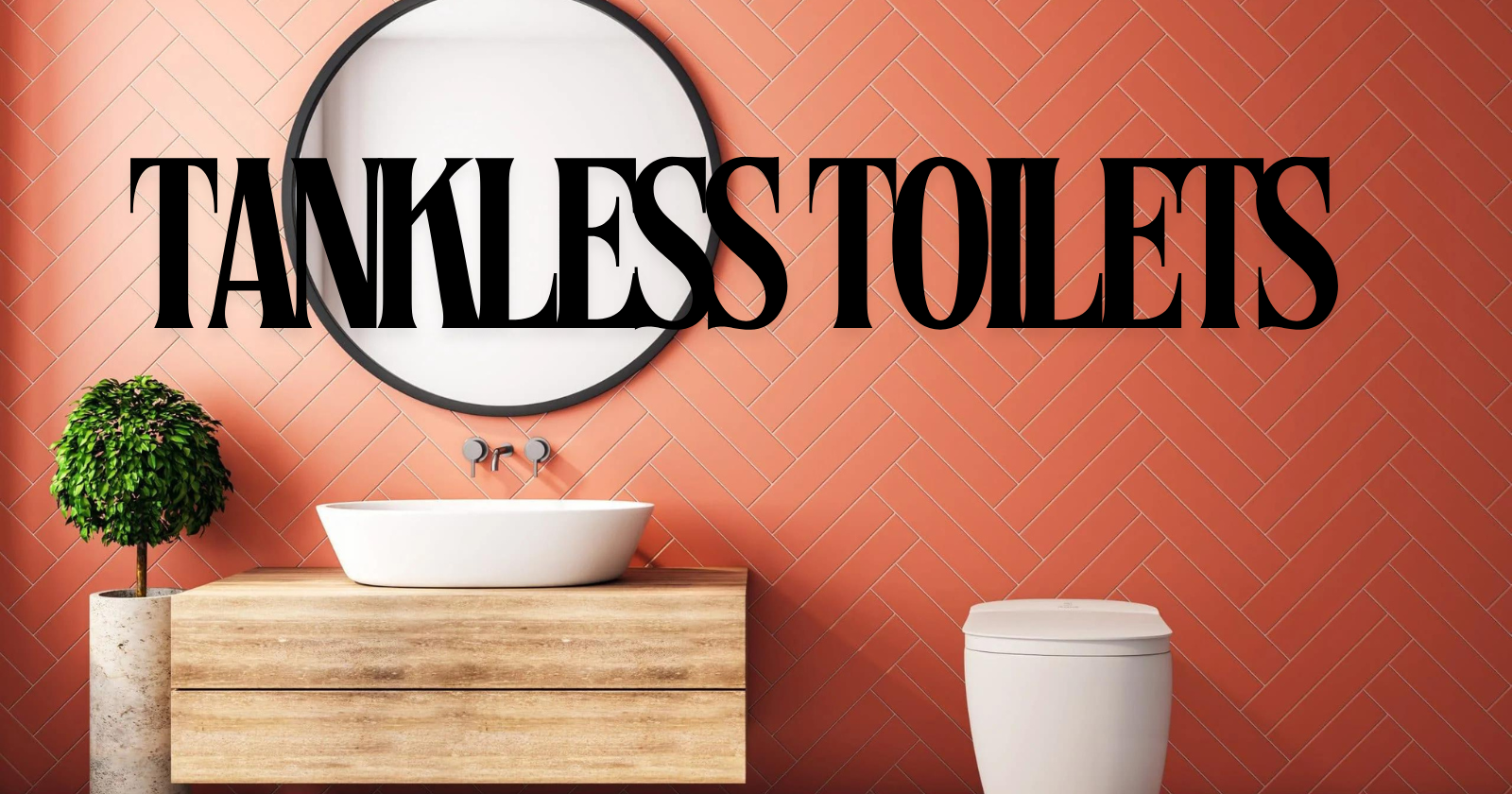Tankless Toilets: The Future of Water-Efficient Bathroom Design
Tankless toilets are changing the way we think about bathroom fixtures. These modern marvels are flush with high-pressure water without a bulky tank.
Tankless toilets can save space, reduce water usage, and offer a sleek look in your bathroom.
You might wonder if a tankless toilet is right for your home. These toilets are more common in commercial settings, but they’re gaining popularity in houses too.
They use a pump or high-pressure water line to create a powerful flush. This means you can say goodbye to that big tank on the back of your toilet.
Switching to a tankless toilet could help you save money on your water bill. They often use less water per flush than regular toilets.
Some models even have dual flush options for even more water savings.
While the upfront cost might be higher, the long-term benefits could make it worth considering for your next bathroom upgrade.
Key Takeaways
- Tankless toilets use high-pressure water instead of a tank for flushing.
- You can save space and water with a tankless toilet in your home.
- Long-term water bill savings may offset the higher upfront cost.

Understanding Tankless Toilets
Tankless toilets offer a modern take on bathroom fixtures. They save space and water while providing efficient flushing.
Design Principles
Tankless toilets have a sleek, compact design and no bulky water tank on regular toilets.
This makes them look more stylish and take up less room in your bathroom.
The bowl shape is often similar to standard toilets. But the back is much thinner without a tank. Some models have hidden parts in the wall.
Tankless toilets often have a more modern appearance. They can fit well in updated bathrooms or small spaces.
How They Work
Tankless toilets use high water pressure instead of gravity. A strong flush valve connects directly to your home’s water supply.
When you flush, water rushes into the bowl at high speed. This quick water flow cleans the bowl and empties the waste.
Some models use electric pumps to boost water pressure. Others rely on your home’s existing water pressure.
The flushing action is often quieter and faster than regular toilets. You won’t hear the tank refilling after each use.
Benefits of Tankless Systems
Tankless toilets can save water. They use only what’s needed for each flush. This can lower your water bills over time.
Without a tank, your bathroom will have more space. This is great for small bathrooms or if you want a cleaner look.
These toilets are often easier to clean. There’s no tank to collect dust or germs, and the smooth design has fewer nooks where dirt can hide.
Tankless models can be more eco-friendly. They waste less water, and some have special water-saving features.
You might even qualify for green building credits with certain models.

Installation and Plumbing Requirements
Tankless toilets require special setup and plumbing to work properly. A pro will install them and ensure your home’s pipes can handle the system.
Professional Installation Considerations
You should hire a licensed plumber to put in your tankless toilet. They know how to connect the electric pump and set up the flush system.
The plumber will check if your bathroom has enough space for the new toilet. They’ll also make sure the floor can support it.
Tankless toilets need a power source. Your plumber will install an outlet near the toilet if you don’t have one.
They’ll also connect the toilet to your home’s water supply and drain lines. The pro will test everything to ensure it flushes well and doesn’t leak.
Plumbing System Compatibility
Your home’s pipes must be able to handle a tankless toilet, which requires more water pressure than regular ones.
You might need bigger supply lines to get enough water flow.
The drain pipes are important, too. Tankless toilets use less water, so your drains must work well to clear waste.
Old or small pipes might not be good enough. Your plumber will check if you need to upgrade your drainage system.
Some homes may need a flushometer. This device controls water flow for flushing, helping ensure enough pressure without wasting water.
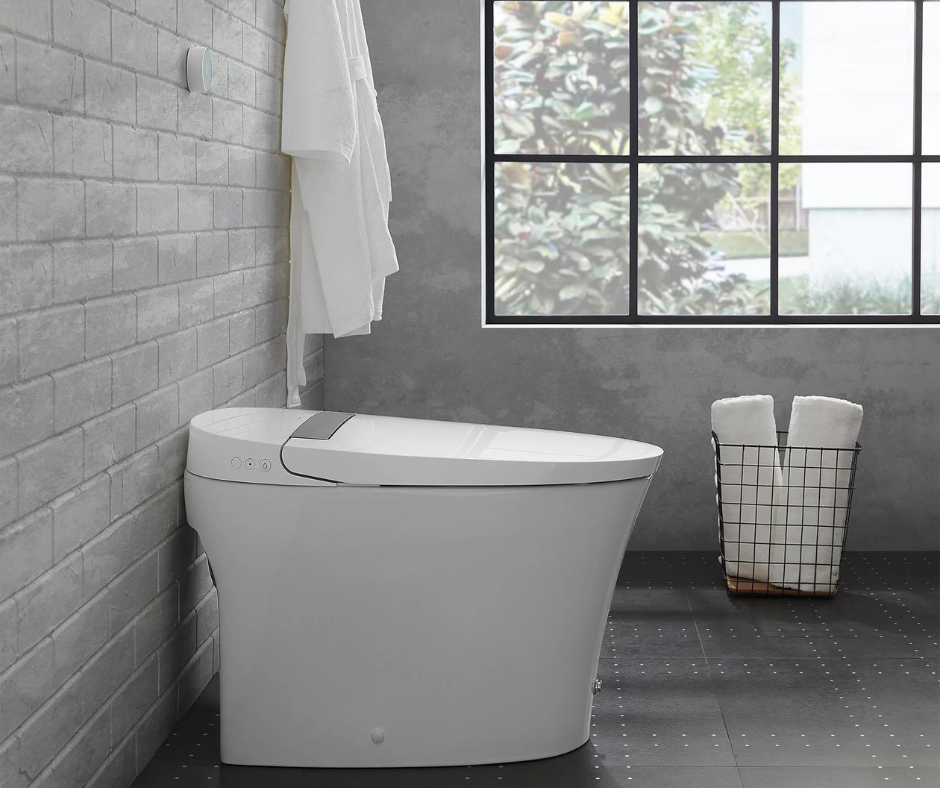
Comparing Costs and Sustainability
Tankless toilets offer unique cost and environmental benefits compared to traditional models. They can save water and money over time but have a higher upfront price.
Initial Investment versus Long-term Savings
Tankless toilets are more expensive to buy and install than regular toilets.
A tankless model costs $1,000 to $3,000, while standard toilets cost $100 to $500. Installation is also pricier, often requiring new plumbing and electrical work.
Despite the high initial cost, tankless toilets can save you money in the long term. They use less water per flush, cutting your water bill.
Most tankless models need just 1.28 gallons per flush, compared to 1.6 gallons for standard low-flow toilets.
Tankless toilets also tend to last longer and need less maintenance. This can reduce repair costs over time.
A tankless toilet can serve you well for 20 years or more with proper care.
Environmental Impact
Tankless toilets are more eco-friendly than traditional models. They use less water, which helps conserve this vital resource.
Over a year, a family of four can save thousands of gallons of water with a tankless toilet.
These toilets also take up less landfill space at the end of their lives, and they have fewer parts to dispose of than tank toilets.
A drawback of tankless toilets is their energy use. They need electricity to run the flushing mechanism, slightly increasing your home’s energy consumption.
Still, the water savings usually outweigh the small increase in electricity use. Tankless toilets are often a good choice for environmentally conscious homeowners.
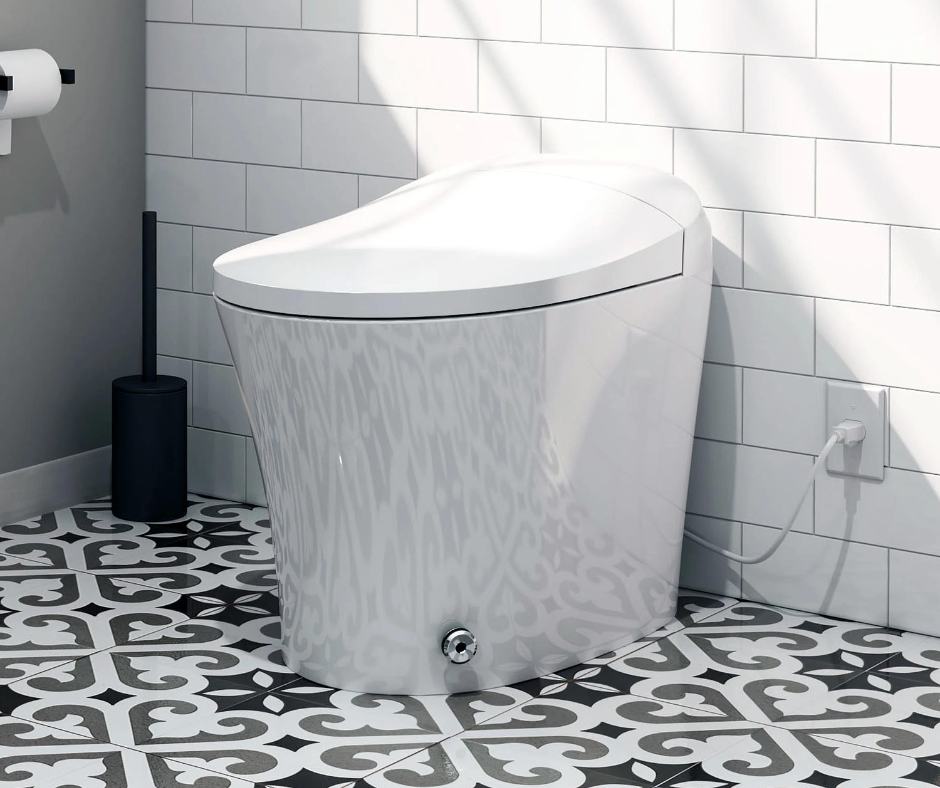
Selecting the Best Tankless Toilet
Tankless toilets offer many benefits for your bathroom. They save space and can add modern style. When choosing one, look at key features and top brands.
Features to Look For
Water-saving flush systems are important in tankless toilets. Look for models that use 1.6 gallons per flush or less.
Some have dual-flush options to save even more water.
Comfort is key. Check the seat height and shape. Elongated bowls often feel more comfortable.
Heated seats can make cold mornings nicer.
Many tankless toilets have high-tech features. Auto-open lids, night lights, and bidet functions are popular.
These can improve your bathroom experience.
Easy cleaning is another plus. Some models have special coatings that help prevent stains and bacteria growth.
Top Tankless Toilet Brands
Toto is a leader in tankless toilets. Their models often have advanced features like auto-flush and heated seats.
The Toto Neorest line is known for luxury and efficiency.
American Standard offers reliable tankless options. Their Studio S model works well in areas with low electricity. It combines style with practical function.
Bio Bidet makes toilets with solid cleaning power. Their IB835 model has adjustable water pressure and temperature for the bidet function.
Swiss Madison creates sleek, modern, tankless toilets. The Ivy SM-WT450 has an adjustable height to fit different users’ needs.
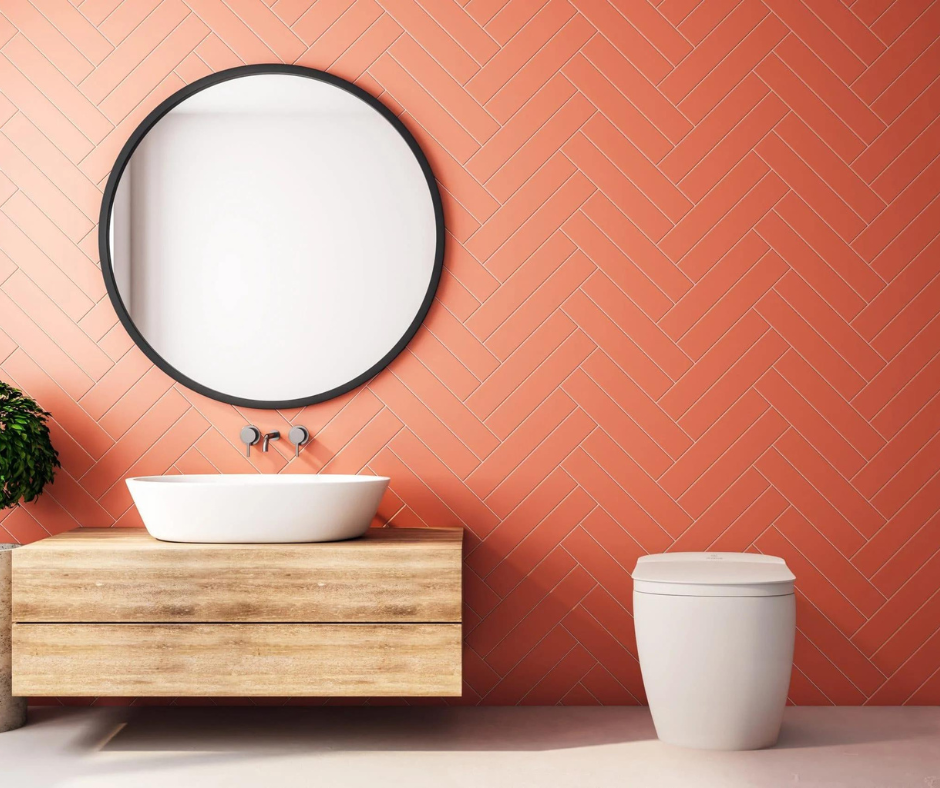
Maintenance and Troubleshooting
Proper upkeep and knowledge of handling issues are key for tankless toilets. Regular cleaning and checks help prevent problems, and being prepared for outages and repairs ensures your toilet works when needed.
Routine Care
Clean your tankless toilet weekly with a mild cleaner and soft cloth.
Wipe down the exterior surfaces and use a toilet brush for the bowl.
Check the water supply regularly to spot any leaks or blockages early.
Look for mineral buildup in the bowl and remove it to prevent staining.
Inspect visible parts like the valve and pump for signs of wear.
Replace the batteries in the flushing mechanism yearly or as needed.
Test the manual flush option monthly to make sure it works. This helps in case of power outages.
Keep the sensor area clean for proper function.
Handling Power Outages and Repairs
During a power outage, use the manual flush if available. Keep a bucket of water nearby as a backup.
When power returns, run a test flush to ensure regular operation.
For repairs, start by checking the user manual. Resetting the system or replacing batteries can fix many issues.
If problems persist, look for error codes on the control panel.
Typical repairs include fixing leaks, unclogging the bowl, or replacing the diaphragm. Call a professional for motor or pump issues.
They have the tools and know-how to fix complex problems safely.
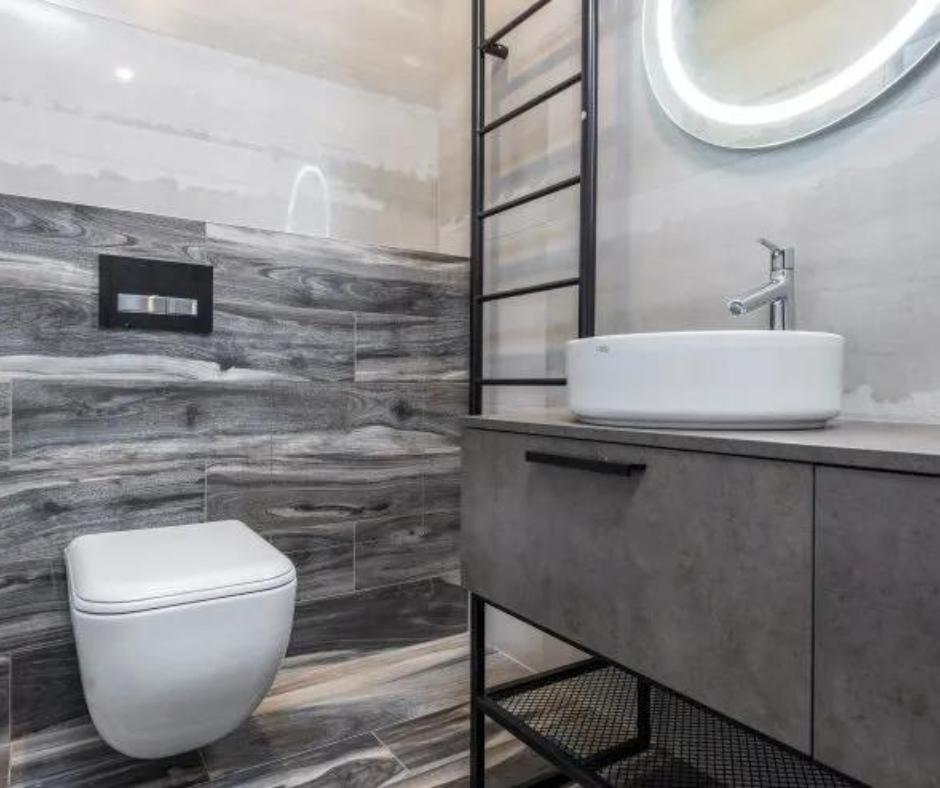
Wrapping Up
Tankless toilets are a modern upgrade for your bathroom and a smart choice for efficiency, style, and eco-friendliness.
Their sleek design saves space while offering powerful flushing technology, ensuring your bathroom stays clean and functional.
Whether you’re looking to conserve water, enhance the aesthetics of your space, or enjoy the convenience of a high-tech solution, tankless toilets bring a blend of performance and innovation. Ready to make the switch?
This could be the upgrade your bathroom has been waiting for.

